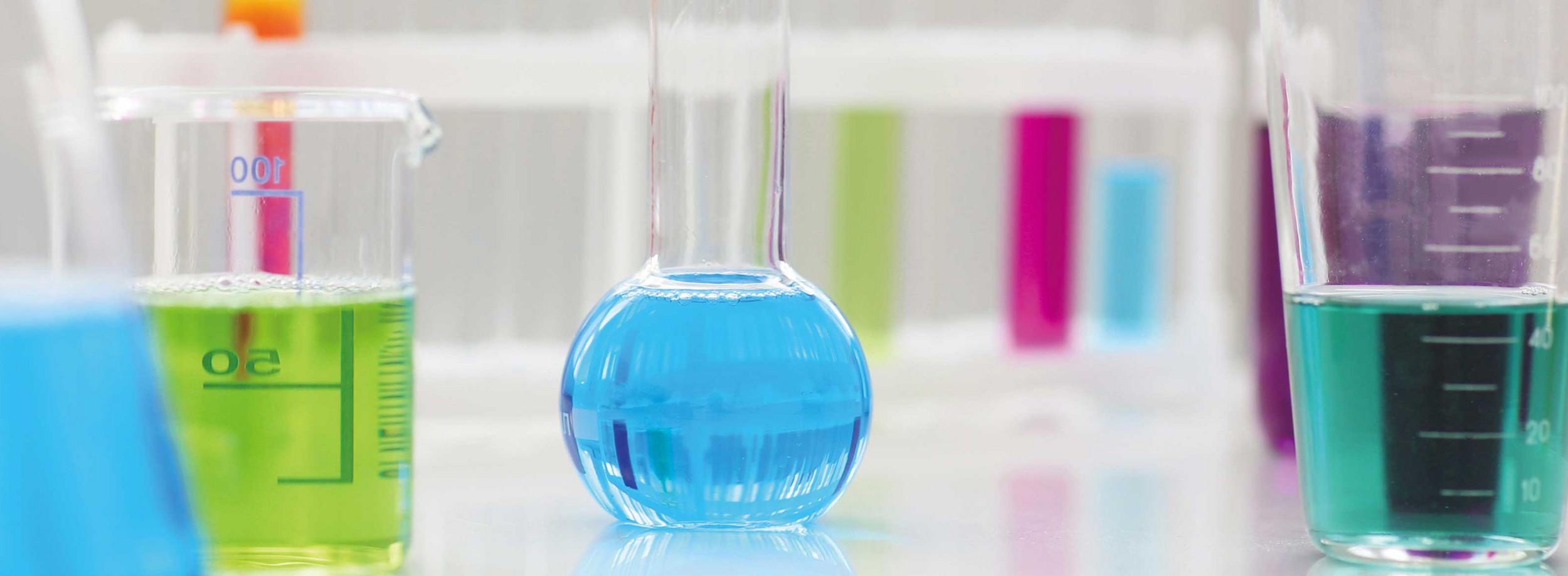
Historically, the primary application of a forensic light source is for enhancing the detection of latent fingerprints. The use of fluorescent enhancement processes that compliment a light source greatly increases the types of surfaces from which a latent fingerprint can be detected.
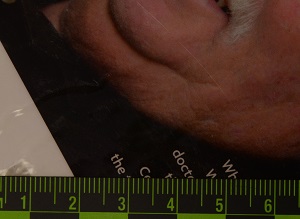 | 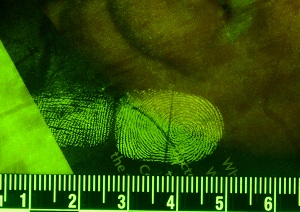 |
Magazine treated with Basic Yellow; left visible light, right 440nm with Yellow camera filter. | |
The use of forensic light sources and fluorescent compounds provide the opportunity to detect and record prints on a wider range of surfaces than traditional black powder treatements.
Consider the difficulties of dusting and lifting a print off of the following surfaces: thin plastic bags, rigid duct tape, thin aluminum foil, heavily grained wood, concrete wall, brick, printed glossy magazine pages, paper products, etc. Using traditional methods, fingerprint evidence on these and other types of surfaces may go undetected or even dismissed because they could not be detected with enough detail.
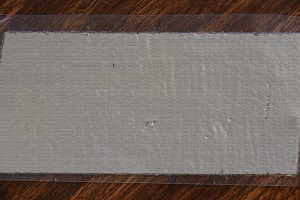 | 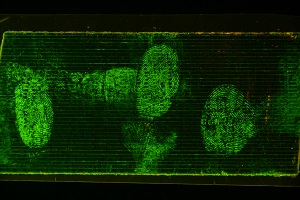 |
Duct tape treated with Basic Yellow; left White light, right 440nm with Yellow camera filter. | |
Forensic light source techniques have been successfully utilized for revealing latent prints on these and many other types of textured surfaces, backgrounds which mask ridge detail, fragile surfaces, and contaminated surfaces.
Different wavelengths (color bands) are required for processing different types of surfaces making a forensic light source with tunable or multiple wavelengths a required tool for any crime scene investigator. In many cases the background surface will also glow under light source illumination. In these cases it is necessary to tune to a wavelength of light that causes the processed print to glow (fluoresce) and not the background. The quality and quantity of evidence revealed is proportional to the output power and the extent of wavelength tunability of the light source. This ability is exclusive to a forensic light source, UV lights or Blue lights cannot offer this selectivity due to their limited number of wavelengths and low power.
Since fluorescent techniques are very sensitive, only trace amounts of fluorescent powder are required when dusting for prints at a crime scene . It therefore leaves the scene much cleaner than when using black powder.
The strict definition of a “Latent” fingerprint is a fingerprint that is not apparent to the eye but can be made sufficiently visible, as by dusting or fuming, for use in identification. Latent fingerprints typically do not fluoresce on their own. While the material left behind by a finger is Fluorescent, it is so weak that it is rarely useful in an investigation. Many investigators claim they have detected fluorescence in latent fingerprints prior to treatment. This is possible typically due to contamination of the fingerprint. That is to say, the person who left the fingerprint on a surface most likely touched something that fluoresced and transferred that fluorescence to the latent print. Greases, oils, makeup, inks can all Fluoresce and can be transferred by touch. However, in the majority of cases the fingerprints need to be processed or “treated” with a compound that fluoresces to become visible.
Fluorescent Powders are used widely as the primary method of fingerprint treatment at crime scenes when using a Forensic or Alternate Light Source. They are available in various colors. Red, Green, Orange, Pink, Yellow, Gold, Blue, are the most common.
Magazine treated with Orange Fluorescent powder, 460nm with Orange camera filter.
Fluorescent Liquid Dyes are most popular in the lab where formulations and quantities can be controlled. Many different compounds are available; Rhodamine 6G, Basic Yellow, and DFO are the most common.
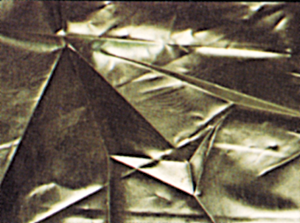 | 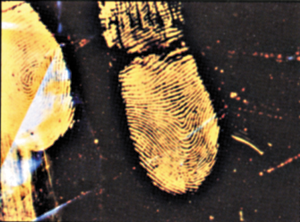 |
Rhodamine/Ardrox/Basic Yellow (R.A.Y.) on dark plastic; left White light, right 445nm with Orange camera filter. | |
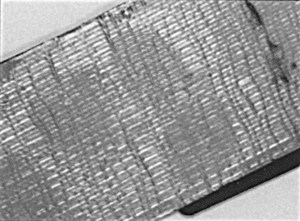 | 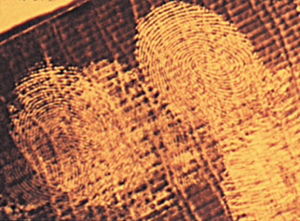 |
Ardrox on shiny side of Duct tape; left White light, right 415nm with Yellow camera filter. | |
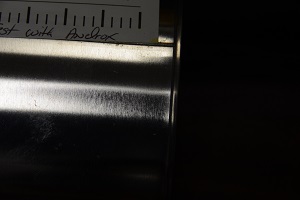 | 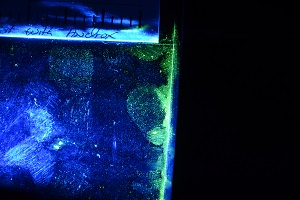 |
Ardrox on a can; left White light, right 365nm with no camera filter. | |
Fluorescent Dyes are most popular in the lab where formulations and quantities can be controlled. Many different compounds are available; Rhodamine 6G, Basic Yellow, and DFO are the most common.
The selection of a specific powder or dye is based on the porosity, texture, and color of the surface on which the latent rests.
The Surface dictates the treatment; Non-Porous Surfaces allow treatment by contact with the fingerprint material itself, Porous Surfaces require the treatment penetrate the surface to go after the fingerprint material that has been absorbed by the surface.
Examples of Non-Porous Surfaces are glass, plastics, metals, and finished woods. Surfaces like these allow the use of treatments like; Black Powder, Fluorescent Powder, and Magnetic Powder.
Examples of Porous Surfaces are paper, cardboard, unfinished woods. Surfaces like these require the use of Liquid Dyes such as Ninhydrin or DFO.
The texture of the surface (roughness) can cause difficulties. Rougher or highly textured surfaces can sometimes benefit from Cyanoacrylate (Super Glue) fuming. While most practitioners will use fuming to permanently fix a fingerprint or to utilize a liquid dye, fuming can in some cases overcome a rough or textured surface. The fuming process allows cyanoacrylate molecules to attach to the fingerprint material selectively as opposed to attaching to the background surface. That is to say the super glue attaches to the fingerprint sooner than it does the background surface. Therefore fuming properly will build up the print and not the background, helping to make the print more visible against the textured or rough surface.
As for the color of the chosen treatment, whether it be dry or liquid is finally dependent on the color of the background. In general, you would want to treat a colored surface with a treatment that will result in a print in a different color than the background. But this not even a “rule of thumb”, it is merely a suggestion. This is the most subjective part of fingerprint processing. With regard to color, you should use your own judgment and what makes it easier for YOU to visualize the print.
У вас есть вопросы или пожелания? Используйте эту форму, чтобы связаться с нашими специалистами.
